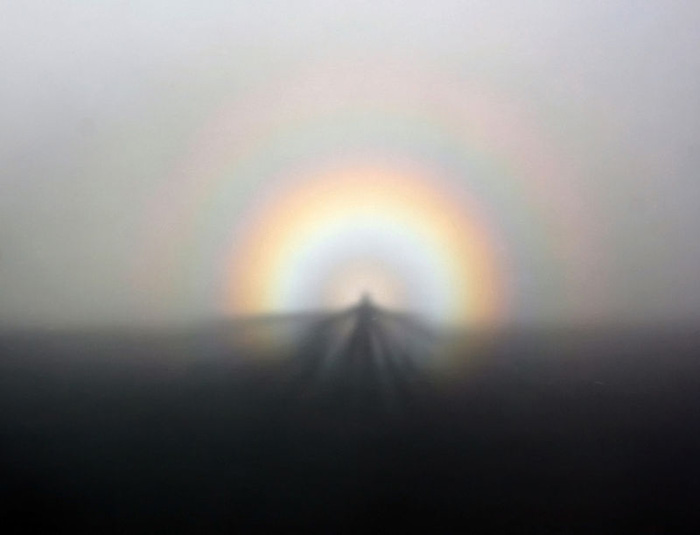
There is no reason for it to be titled "The" Brocken and it contravenes WP:TITLE. and move Brocken to Brocken (South Georgia). The result of the move request was: move agreed Kotniski ( talk) 14:25, 6 November 2010 (UTC) Reply No further edits should be made to this section. Subsequent comments should be made in a new section on the talk page. The following discussion is an archived discussion of a requested move. The Bocksberg (Harz) is a separate mountain and has its own article - I can find no evidence that this also an alternative name for the Brocken, so intend to delete it from the lede until further information comes to light. I can't find a separate Blocksberg in the Harz. (by 'waltwide' /) - Preceding unsigned comment added by 77.20.137.21 ( talk) 16:58, (UTC) Reply According to this article and the German version of the Brocken, the Blocksberg is an alternative name for the Brocken, albeit there are other hills or mountains that bear the name.

It actually sports a large american radio antenna from the post-war era, and is talked of now in the planning for an adventure park. There are other Blocksbergs like the Hörselberg in Thuringia, the Kandel in the Black Forest and the Staffelberg in Franconia.- Stanzilla ( talk) 14:41, (UTC) Reply what a load of rubbish: i live right here in the Harz mountains and can tell you that the BROCKEN, the BLOCKSBERG, and the BOCKSBERG are 3 different mountains in their own right! The Blocksberg is located in the close vicinity to the Brocken, on the western side of the former 'Iron curtain' (the Brocken was located on the eastern side), while the Bocksberg lies several km to the west in the 'Nordharz' near the town of Hahnenklee. I don't want to say that witches exist, I only explain that "Blocksberg" is not the name of a specific mountain. In and around the Harz, the Blocksberg is the Brocken but in other regions, other mountains serve the witches. The Blocksberg is the dance floor of the witches in Walpurgis night. The Blocksberg is not everywhere the same mountain. Mountains Wikipedia:WikiProject Mountains Template:WikiProject Mountains Mountain articles If you would like to participate, you can choose to edit the article attached to this page (see Contributing FAQ for more information), or visit the project page where you can join the project and/or contribute to the discussion. This article is part of WikiProject Mountains, a project to systematically present information on mountains. This article has been rated as Mid-importance on the project's importance scale.

This article has been rated as Start-class on Wikipedia's content assessment scale. Germany Wikipedia:WikiProject Germany Template:WikiProject Germany Germany articles If you would like to participate, please visit the project page, where you can join the discussion and see a list of open tasks. Wilson.This article is within the scope of WikiProject Germany, a collaborative effort to improve the coverage of Germany on Wikipedia.

Wilson spent September 1894 at the Ben Nevis Observatory, and was inspired by this phenomenon to experiment with ways of making clouds in the laboratory, which eventually led to a Nobel Prize for his cloud chamber, later used as a vital tool in studying radioactive decay. Glories are not an unusual sight in the hills if you can arrange the sun behind you and thin cloud below. Brocken spectres (or glories) can also be seen from aircraft when flying over clouds. The smaller the cloud drops, the larger is the angle of the Brocken spectre. This appears similar to a rainbow, but the mechanism is not quite the same, since raindrops are comparatively large, allowing refraction inside the drop, while cloud droplets are not much bigger than light wavelengths. The scattering angle depends on the light wavelength (i.e. English: Brocken spectre, Beinn na Cille The circle of coloured rings is caused by sunlight from directly behind the observer scattering back from the tiny spherical water droplets that make up cloud.


 0 kommentar(er)
0 kommentar(er)
